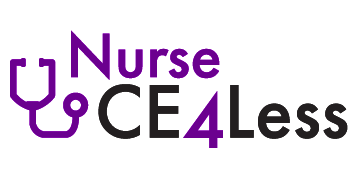Course Summary
Pharmacological strategies should be tailored to specific treatment needs of the patient before, during, and after orthopedic surgery. Medical clinicians need to consider their entire strategy, beginning with the prophylactic approach of antibiotic use and thromboprophylaxis to prevent surgical site infection and blood clot formation. However, it is equally important to consider the patient’s comfort following orthopedic surgery. Ensuring that the patient has appropriate access to analgesics and anxiolytics is standard care for the orthopedic patient. The is the second of a multi-part series on the pharmacology Of bone and joint surgery.
Course Format
Homestudy
Course Syllabus
- I. Introduction
- II. Antibiotic Prophylaxis And Infection Prevention
- 1. Biofilms and MRSA
- 2. Rifampicin
- 3. Local Antibiotic Delivery
- 4. Complications of Vaccination
- III. Post-Operative Infection
- 1. Timing of Antibiotic Use
- 2. Types of Antibiotic Use
- 3. Duration of Antibiotic Use
- IV. Summary
Author
Jassin M. Jouria
Jassin M. Jouria is a medical doctor, professor of academic medicine, and medical author. He graduated from Ross University School of Medicine and has completed his clinical clerkship training in various teaching hospitals throughout New York, including King’s County Hospital Center and Brookdale Medical Center, among others. Dr. Jouria has served as a test prep tutor and instructor for Kaplan. He has developed several medical courses and curricula for a variety of educational institutions. Dr. Jouria has also served on multiple levels in the academic field including faculty member and Department Chair. Dr. Jouria continues to serves as a Subject Matter Expert for several continuing education organizations covering multiple basic medical sciences.



